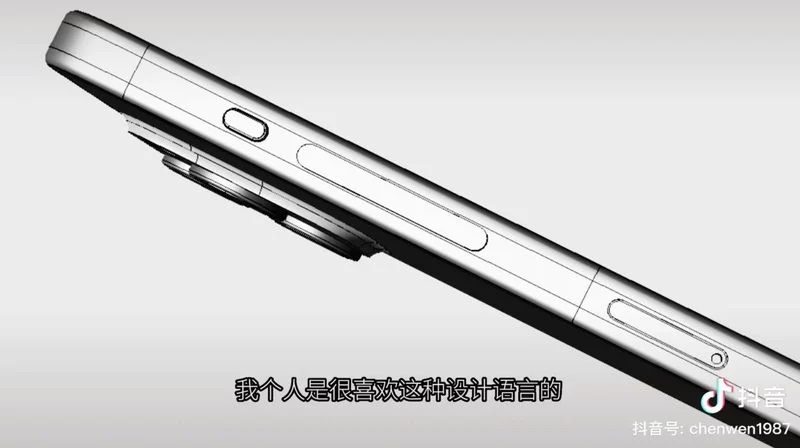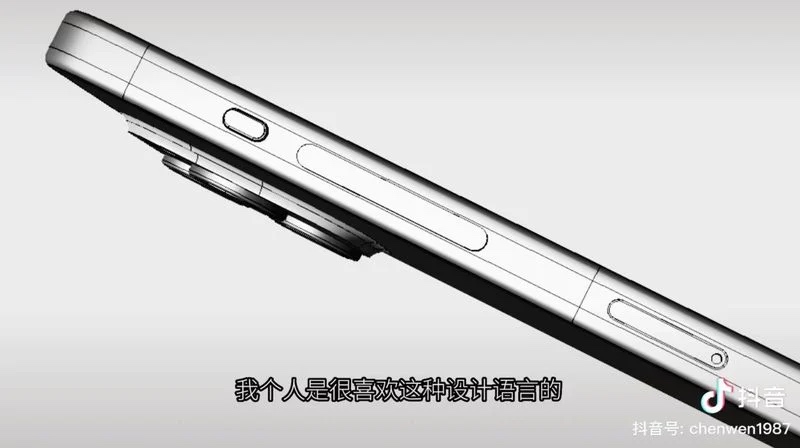The iPhone 15 Pro May Not Get Solid-State Buttons After All


Notably, Kuo was the first to reveal Apple’s plans for “a solid-state button design” for the iPhone 15 Pro models in an October Tweet. While that’s since been backed up by other sources, Kuo now has new information that suggests Apple may be pushing it off until next year’s iPhone 16 lineup.
In a recent Medium post, Kuo reveals that Apple and its suppliers have run into “unresolved technical issues before mass production.” Faced with a choice between delaying the iPhone testing and production cycle or abandoning the new button design, it appears Apple is opting to “revert to the traditional physical button design.”
As usual, Kuo’s news is primarily targeted at investors, and he’s sharing these details to make sure they realize that it will impact certain companies in Apple’s supply chain, specifically Cirrus Logic and AAC Technologies, which were slated to supply the controller chips and Taptic Engine to support the new buttons. Luxshare was also pegged to provide Taptic Engine components, although Kuo indicates it won’t be as heavily impacted due to its “significantly larger operating scale.”
What to Expect in the iPhone 15 Pro
It’s not the first time Apple has been forced to change course suddenly, and when it comes to producing sophisticated electronic devices like iPhones, five months ahead of the expected release date effectively is an “eleventh-hour” change. This is also why rumors of a last-minute redesign of the Apple Watch Series 7 have never made much sense).
As Kuo notes, Apple’s iPhone 15 Pro is currently in what’s known as the Engineering Validation Testing (EVT) phase. This is the final stage at which significant changes would be made to the design of the iPhone, such as falling back to physical buttons. Once the EVT stage is finished, the hardware design is effectively locked down, and the iPhone moves on to Design Validation Testing (DVT) to prepare for mass production.
While design adjustments are sometimes made during the DVT phase, that would be extremely rare for companies with the skill and experience of Apple and its supply chain. DVT is intended to allow Apple’s manufacturing partners to figure out how to produce hundreds of millions of units, and it’s more about fitting the production and assembly lines to meet the requirements of Apple’s product design than the other way around.
As Kuo notes, reverting to the tried-and-true physical button design will likely “simplify the development and testing process,” which should compensate for any setbacks in extending the EVT phase to accommodate the change. While it’s said to only affect the iPhone 15 Pro and iPhone 15 Pro Max — the standard iPhone 15 models were always slated to have physical buttons anyway — all four models are still expected to be announced and ship on schedule.
It’s unclear what this means for some of the other button changes rumored to come to the iPhone 15. Recent reports have suggested a unified volume button design and a clickable Action button that may replace the Ring/Silent switch. These were likely part of the solid-state button design, although Apple could still accomplish the same thing with physical buttons.
While Kuo hasn’t said when or if solid-state buttons may appear on future iPhone models, it’s a safe bet that Apple hasn’t abandoned its plans entirely — it seems it simply ran out of time for the iPhone 15 Pro production cycle. Apple will likely try again next year for the iPhone 16 lineup, much like its plans for 120Hz ProMotion displays on the iPhone 12 Pro had to be delayed until the iPhone 13 Pro due to supply chain problems.
[The information provided in this article has NOT been confirmed by Apple and may be speculation. Provided details may not be factual. Take all rumors, tech or otherwise, with a grain of salt.]







